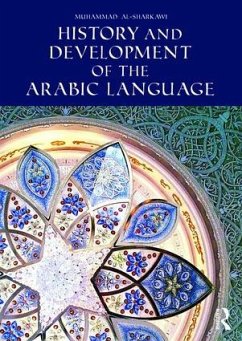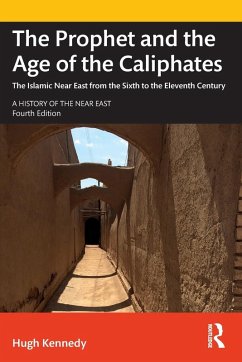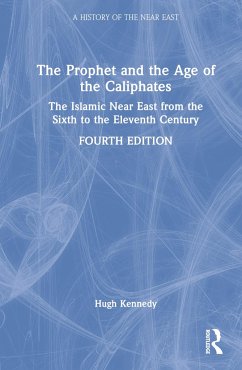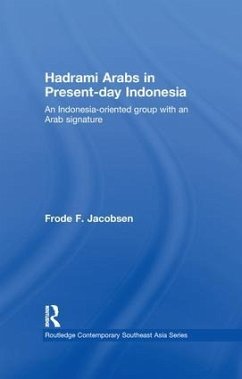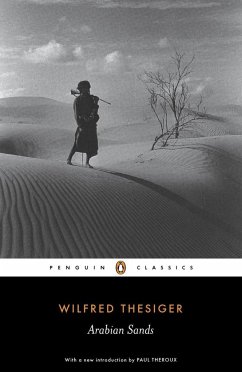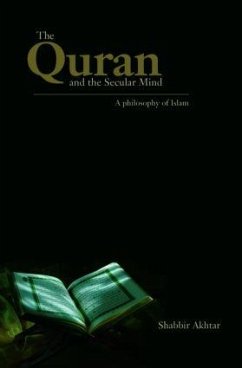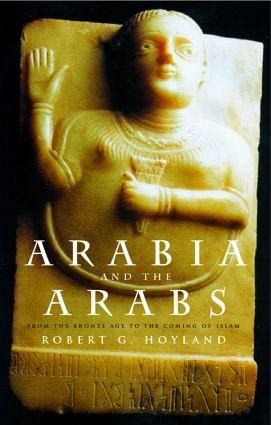
Arabia and the Arabs
From the Bronze Age to the Coming of Islam
Versandkostenfrei!
Versandfertig in 6-10 Tagen
42,99 €
inkl. MwSt.
Weitere Ausgaben:

PAYBACK Punkte
21 °P sammeln!
Long before Muhammed preached the religion of Islam, the inhabitants of his native Arabia had played an important role in world history as both merchants and warriorsArabia and the Arabs provides the only up-to-date, one-volume survey of the region and its peoples, from prehistory to the coming of IslamUsing a wide range of sources - inscriptions, poetry, histories, and archaeological evidence - Robert Hoyland explores the main cultural areas of Arabia, from ancient Sheba in the south, to the deserts and oases of the north. He then examines the major themes of_the economy_society_religion_art,...
Long before Muhammed preached the religion of Islam, the inhabitants of his native Arabia had played an important role in world history as both merchants and warriors
Arabia and the Arabs provides the only up-to-date, one-volume survey of the region and its peoples, from prehistory to the coming of Islam
Using a wide range of sources - inscriptions, poetry, histories, and archaeological evidence - Robert Hoyland explores the main cultural areas of Arabia, from ancient Sheba in the south, to the deserts and oases of the north. He then examines the major themes of
_the economy
_society
_religion
_art, architecture and artefacts
_language and literature
_Arabhood and Arabisation
The volume is illustrated with more than 50 photographs, drawings and maps.
Arabia and the Arabs provides the only up-to-date, one-volume survey of the region and its peoples, from prehistory to the coming of Islam
Using a wide range of sources - inscriptions, poetry, histories, and archaeological evidence - Robert Hoyland explores the main cultural areas of Arabia, from ancient Sheba in the south, to the deserts and oases of the north. He then examines the major themes of
_the economy
_society
_religion
_art, architecture and artefacts
_language and literature
_Arabhood and Arabisation
The volume is illustrated with more than 50 photographs, drawings and maps.





